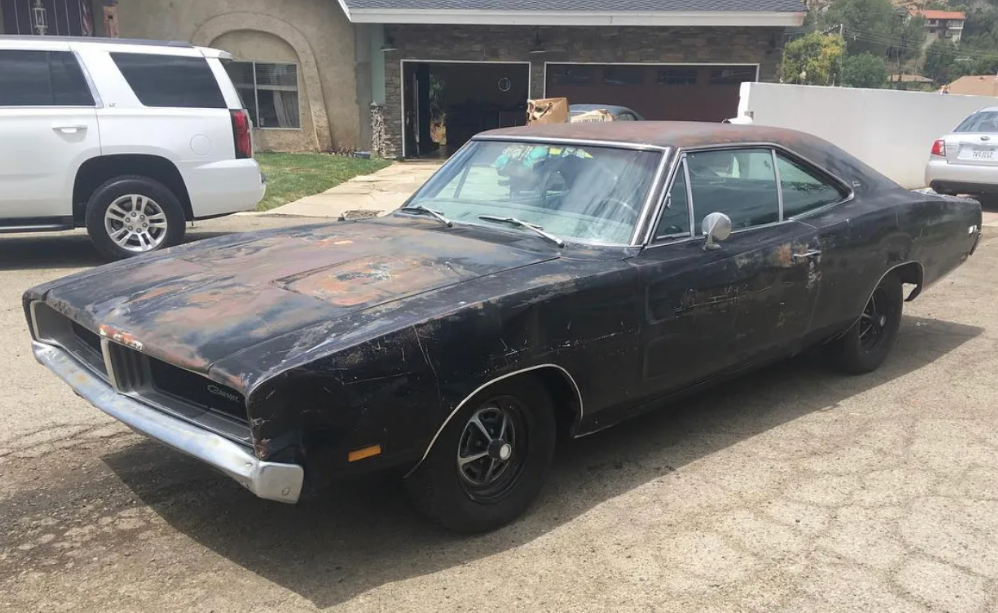When people think of muscle cars, they picture roaring engines, burning rubber, and raw horsepower. But that’s only half the story.
The real soul of a muscle car isn’t just under the hood — it’s in the history, the craftsmanship, and the attitude that defined an entire era.
In the 1960s and 70s, American automakers weren’t just building cars. They were building icons.
Each machine rolled out of Detroit with a message: freedom, rebellion, and the thrill of power.
Think about it — the ’69 Dodge Charger wasn’t just fast; it was a symbol of dominance.
The Pontiac GTO didn’t just launch quickly; it launched a movement.
And the Chevelle SS 454? That car didn’t just race — it intimidated.
These cars carried stories of the men who designed them, the mechanics who tuned them, and the drivers who risked it all to push limits.
They weren’t built for algorithms, likes, or trends — they were built for respect.
So next time you see a muscle car, don’t just count the horsepower.
Listen to the history.
Feel the era.
Understand that every roar tells a story about American grit, risk, and pride.
